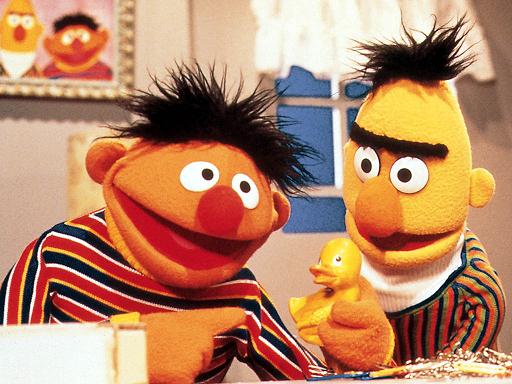Translated from J’apprends le Wolof by Jean-Leopold Diouf et Marina Yaguello. This is the introduction to the book.
Introduction
1. Design Manual / Conception du manuel
This book is a method of learning wolof, a language foreign to francophones. It is intended for residents, the cooperating, businessmen and tourists. It could also be useful for teachers in national languages, or any other person wishing to have a better knowledge of the language wolof.
The method is especially designed for a learning guide. However, it is possible to use individually. In one case as in others, can not be overemphasized recommend a learner’s most total immersion in environments requiring a practice wolof.
To accommodate the manifold needs of learners, we chose themes as diverse as family relationships, professional, social, friendly, commercial, civil, etc.., Containing an elementary lexicon, but enough to face a different situations communication.
In addition, we sought to ensure a balance between learning wolof by a communicative approach and learning wolof by an analytical approach.
The points of grammar that may fall in the manual have been carefully selected and should allow the learner to acquire the basic structures of wolof. All these points are explained in the units or they appear.
The written exercises are planned at the end of each unit. Their number varies from one unit to another depending on the difficulty of the grammar has acquired.
All exercises should be made and, as many times as a learning experience need.
For each exercise, a model is given. The learner must study the structure therein is made, before formulating are shown next to each segment of the year. A system cache that the learner is confectionnera prevent him throwing a glance the answer before he made the effort necessary.
2. The place of wolof in Senegal / La place du wolof au Sénégal
The wolof is part of the language group called west-Atlantic. It is mainly spoken in Senegal and Gambia, but also in Mauritania.
There are, in Senegal, six languages that have received the status of national languages: wolof, Serer, Pulaar, the Mandingo, soninke and Diola.
These languages were officially selected for communication in the media, and education. Moreover, the French remains the official language.
Of the six national languages, wolof is most spoken. It is the language of ethnic wolof who figure 2,285,000 people, representing 40% of the population of Senegal. The traditional Wolof area extends from north to south, from the delta of the atlantic coast of the desert Ferlo.
But it is also wolof language vehicle. About 80% of the population on the practice throughout the territory and this, mainly in urban areas.
The advantage that the wolof had on other national languages can not be explained both by the number of native wolof or by their geographical distribution (Walo, Cayor, Diolof, Baol, Saloum) and by the fact that the first contacts s’effectuèrent colonial powers with the Wolof and made the area wolof the pole of attraction for other ethnic groups. In mid wolof, the day saw the first counters and, with them, groundnut basin or develop a flourishing trade, crowned by the installation of railway Dakar – St. Louis.
In brief remarks on the language wolof / Brèves remarques sur la langue wolof
The wolof, as many African languages, is a language classes nominal. These classes (eight in number two in the singular and plural) play a role comparable to that grammatical gender in the Indo-European languages. Each class is marked by a [index class] is by a consonant. This consonant serves as a base for training all determinants and substitutes name (defined and indefinite articles concerning, interrogative, indefinite). These determinants or substitutes therefore differ for each class, the initial consonant, désinence remaining the same.
The city of Dakar is a melting pot or just blend all ethnic groups in Senegal and even neighbouring countries: wolof it undergoes a simplification because it is talking more and more by non-native speakers for whom it is a second or a third language. Thus, in its manifold vehicular and urban, a distinction of class indices is not always respected. The class – b (most productive) tends to absorb the other. In particular, it is in this class that fit all the words and borrowing new words needed presenter asked whether a learner is likely to hear in the streets. We opted ultimately for some sort of compromise, which reflects fairly well through the use wolophones native urbanized. The class indices are complied except for the numeral benn (one), serving also indefinite article, which tends to be used alone, regardless of class.
The identification in space and in particular the opposition near / distant plays a very important role in language. Where a great variability of adverbs of place. The notion of near / distant also in nominal determination (and, as defined in article owns several forms).
The system can record divert even more francophones. The integrate personal pronouns mode and the appearance of the verb. So the pronoun that varies and not the basis of the word, which remains unchanged. In addition, there is no [time] Strictly speaking, the tracking time out from a context and situation of enunciation. The different conjugations (by varying the pronoun) are introduced gradually in the units. For an overview of the system, we see a grammatical annex at the end of volume.
J’apprends le Wolof #2


